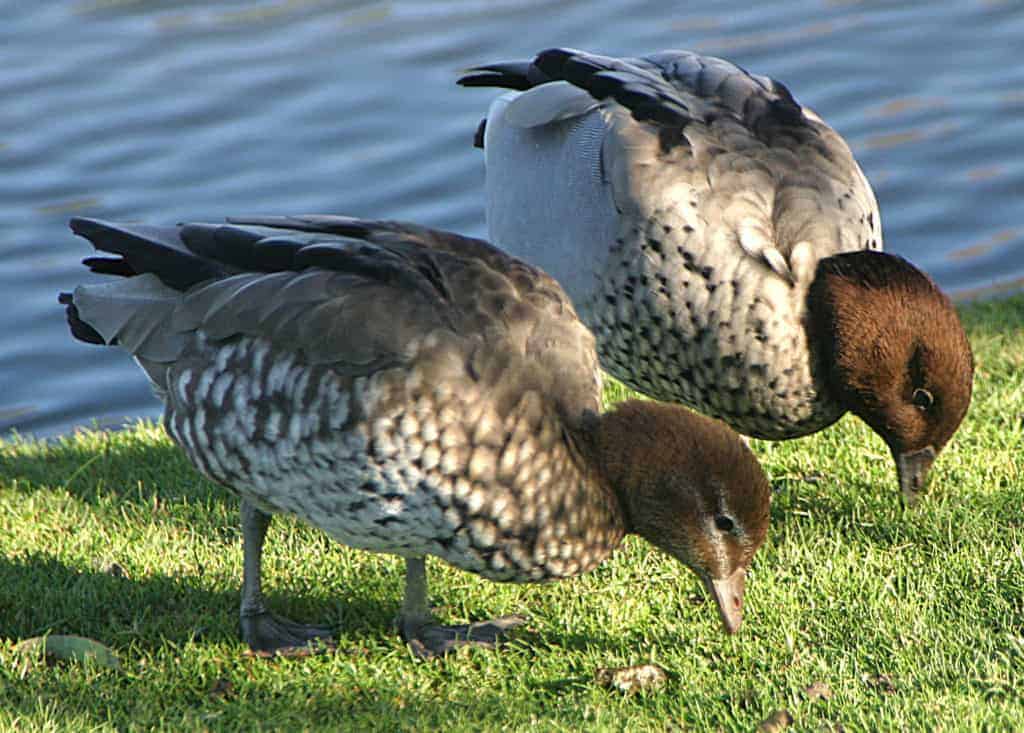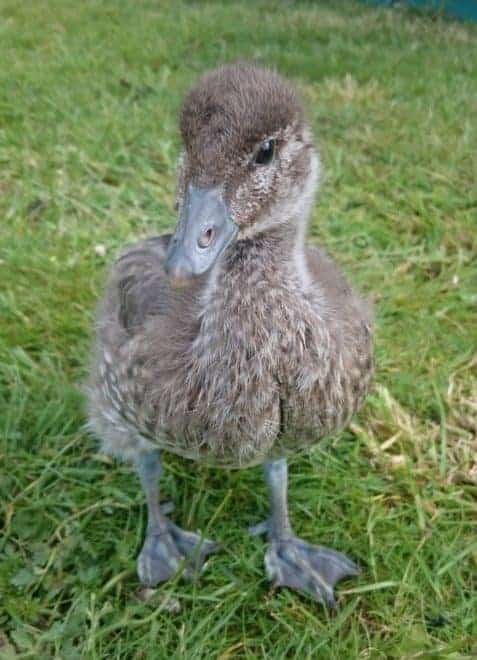Maned Duck

Chenonetta jubata
This interesting and unusual Australian endemic is something of a mystery, as it has no obvious relations so has long puzzled taxonomists. At one time it was thought that the Maned Duck was most closely related to the perching ducks, while it does show some similarities to the shelducks. It is the only member of the genus Chenonetta.

Maned Ducks spend much of their time grazing like geese, so are often known as maned geese. Unusually for a duck, they seem happier on land than in water. The preferred habitat is wooded farmland, but they will make do with freshwater of any sort, from rivers to lakes. The male’s uneven nape feathers are responsible for the name. The female lacks the mane, but is an attractive bird with her striped face and mottled underparts.
Maned Ducks are gregarious, and can often be found in flocks of thousands. They form a strong pair bond, and though the male doesn’t help with incubation (28 days) he will assist with the ducklings. In the wild, Maned Ducks nest in tree hollows, but will use nest boxes in captivity. They are popular in collections as they tend to keep to themselves and not trouble other ducks.
Share this page